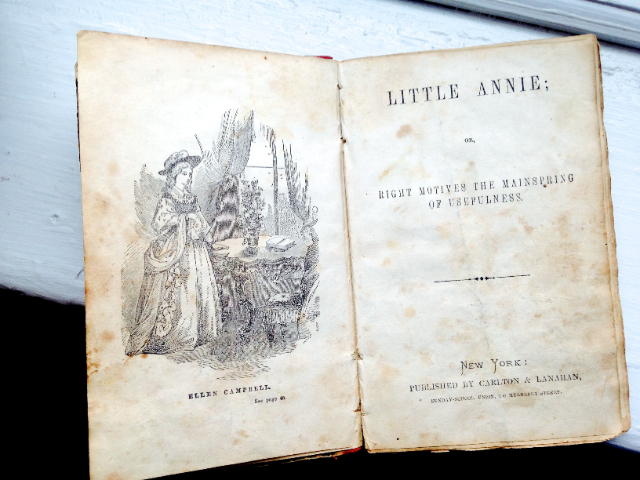Today, we have a guest post from Anne Kostick. Anne is a partner in Foxpath IND, emerita president of Women’s Media Group, program director of the Digital Book Awards, and the author of several books. She also has a column, Digital Reading, in which she discusses user experience and related topics in ebooks and e-reading. Take it away, Anne!
 In a 2012 article I interviewed Tony O’Donoghue, Kobo’s UX lead for mobile applications, about incorporating UX research and design into his company’s latest reading apps. Back then I was beating the drum for UX in book publishing, and, as 2014 begins, I’m still drumming. Here’s an excerpt from my article:
In a 2012 article I interviewed Tony O’Donoghue, Kobo’s UX lead for mobile applications, about incorporating UX research and design into his company’s latest reading apps. Back then I was beating the drum for UX in book publishing, and, as 2014 begins, I’m still drumming. Here’s an excerpt from my article:
I asked Tony about the e-book of the future. … This first era of digital reading design eases the transition for readers; designers were “looking over their shoulders at the past while creating something for the future.”
“The first designs for e-readers were a transitional stage between print and digital books, whereby designers tried to mimic physical books with lifelike paging animations, print-like layouts and ‘spines’ and so forth. But after this initial hand-holding period, I think we’re ready to take it further.”
It may not be the giant companies that will create the more radical reading experiences—Tony sees that job as something for independent designer/developers—and it may, in fact, be the next generation of readers and writers who will make big changes possible. “Next-gen” readers may look at reading differently. Instead of a distraction, they may find a true integration of social and relevant media to be intuitive, even expected. And when writers are writing for e-readers, will the result necessarily be a linear experience?
“The invention of writing had an impact on the way people think—it made us think in a linear way,” said Tony, “and I think this technology will have a big effect on the way fiction is written and consumed—but because the technology is in its infancy the shape of that impact is yet to be determined.” Of course, he added, today’s designers must design for the moment. But, “When you design you need to think about how your work fits into the culture. There’s a bit of responsibility to actually care about how it impacts the culture.”
So, designers must design for the moment, with responsibility for the future? A tall order, but hey, we had more than 1,500 years to perfect the codex as an information-delivery system, and we’re only 40 or so years into the digital reading evolution. Tony’s vision of the future is even clearer in 2014.
One of the aspects of book publishing I’ve always appreciated is that each book title is an individual work, not a widget. It’s just as true for ebooks, of course, and if we approach the design and delivery of each digital book as a step toward perfecting the reading experience, I bet it won’t take a thousand years to achieve it.
…
 Anne Kostick will be presenting at ebookcraft in Toronto on March 5, 2014. Her session is titled EBOOK UX: Bringing User Experience Design into the Picture. For more information on ebookcraft (and to register before early-bird pricing ends on Jan. 17), please visit ebookcraft.booknetcanada.ca.
Anne Kostick will be presenting at ebookcraft in Toronto on March 5, 2014. Her session is titled EBOOK UX: Bringing User Experience Design into the Picture. For more information on ebookcraft (and to register before early-bird pricing ends on Jan. 17), please visit ebookcraft.booknetcanada.ca.


